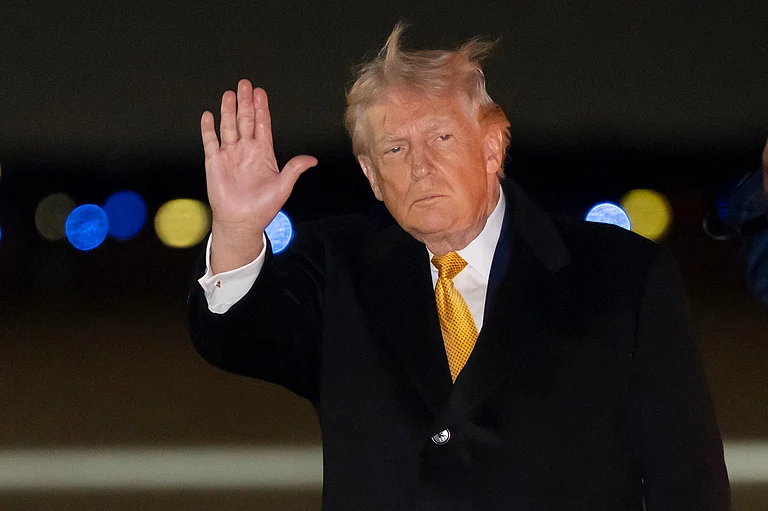President Donald Trump has threatened to impose 30 percent tariffs on goods from Mexico and the European Union, escalating tensions with two of the United States’ largest trading partners. The move is part of a broader tariff strategy that has disrupted global trade since Trump returned to office in January.
In a letter addressed to Ursula von der Leyen, President of the European Commission, and shared on Truth Social, Trump stated the US would continue to engage with the EU despite what he described as a significant trade deficit. However, he said the US would proceed with new tariffs to ensure what he called more balanced and fair trade.
Trump has introduced a series of tariffs on various trading partners throughout the year, later revising, suspending or altering them in a pattern that has sown uncertainty among governments, businesses and consumers. The EU and Mexico now join a growing list of countries whose exports will be affected by new duties from 1 August. Some products will face rates of up to 40 percent.
The President’s letters confirmed that all imports from the EU and Mexico would be subject to a 30 percent tariff, with the exception of certain sector-specific duties, such as a 25 percent tariff on vehicles.
Von der Leyen responded by reaffirming the EU’s willingness to negotiate an agreement before the deadline, but warned that the tariffs would disrupt supply chains, harm businesses and burden consumers in both regions. She added that the EU would “take all necessary steps to safeguard EU interests,” including proportionate retaliatory measures if needed.
French President Emmanuel Macron also called for strong action, urging the European Commission to speed up preparations for countermeasures. He wrote on X that the EU should use all available tools, including anti-coercion instruments, if an agreement is not reached by 1 August.
In a separate letter to Mexican President Claudia Sheinbaum, Trump said the tariffs were aimed at stopping the flow of fentanyl into the United States. He acknowledged that Mexico had been helping to secure the border but insisted those efforts had not gone far enough.
Mexico’s Economy Minister, Marcelo Ebrard, stated that a Mexican delegation told US officials in a recent meeting that the proposed tariffs would be unfair and unacceptable. Negotiations are continuing to find a solution that protects jobs and businesses on both sides of the border.
Trump’s letters also warned that any retaliatory tariffs on American imports would result in further US tariffs. He said the US would match any such measures by adding the same percentage on top of the existing 30 percent duty.
The administration has cited both tariff and non-tariff barriers as reasons for the measures, with particular focus on value-added and digital services taxes in Europe. These taxes, which apply to revenue from services such as advertising, subscriptions and data sales, have been a sticking point in talks. US officials argue they unfairly target American tech firms, particularly when the companies involved are not profitable.
Trump has previously accused the EU of negotiating in bad faith. In May, he warned of a potential 50 percent tariff on EU goods, declaring at the time that he was “not looking for a deal”.
The 30 percent tariff now proposed is higher than the 20 percent rate that had been in place prior to its suspension in April.
The letters to the EU and Mexico follow another announcement made by Trump on Thursday, in which he threatened 35 percent tariffs on certain Canadian imports.





























